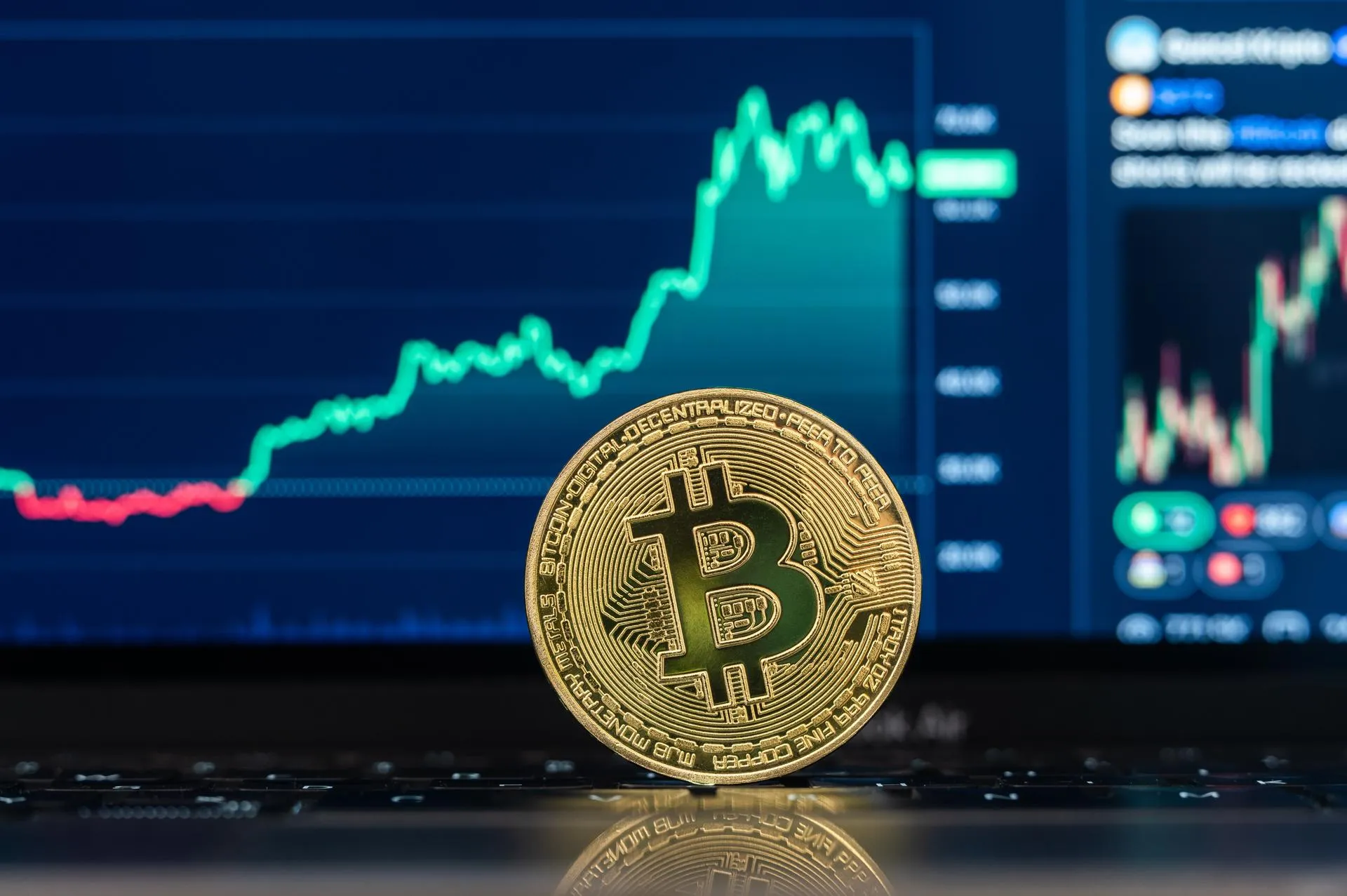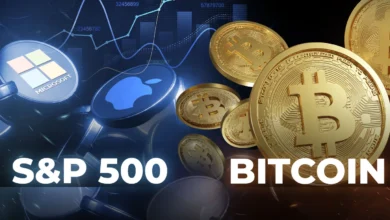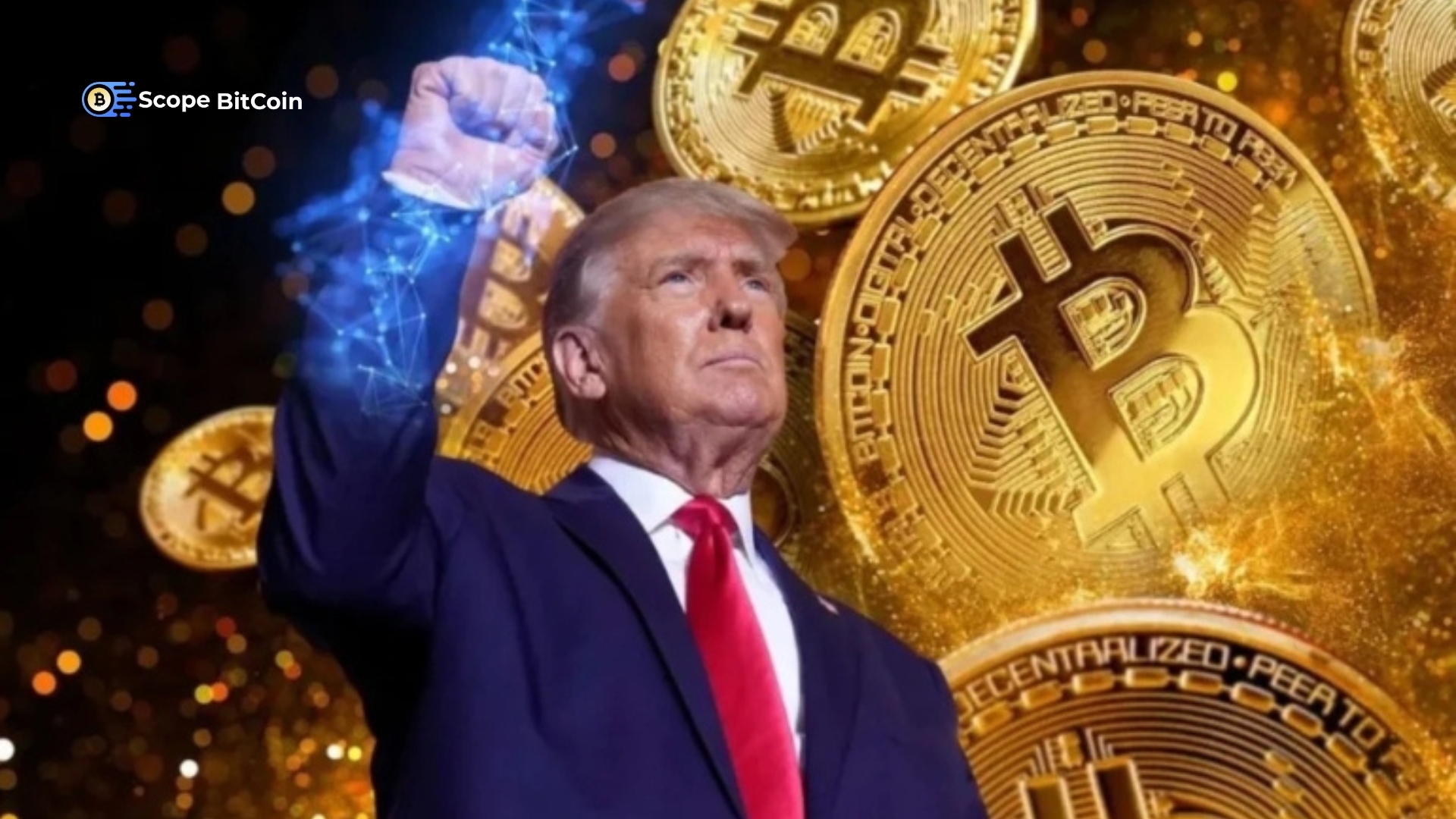
Bitcoin Price Stability Regulatory Clarity and Fed Impact
Stabilizing around the $84,000 mark, Bitcoin (BTC) continues to show resilience in the face of macroeconomic events and legislative developments. This rather consistent performance results despite major changes in U.S. policies and the Federal Reserve’s choice to keep its present interest rates.
As the bitcoin market negotiates a difficult terrain, investors, analysts, and aficionados are attentively tracking the price movement of the coin.
Regulatory Clarity Boosts Bitcoin
More regulatory clarity from the U.S. Securities and Exchange Commission (SEC) helps explain Bitcoin’s present stability on-chain. In the past year, the SEC has released unambiguous rules on how cryptocurrencies should be categorized and controlled, therefore reducing some of the historical market ambiguity. Investors have long been worried about the U.S. regulatory system since ambiguous rules can cause legal problems for businesses engaged in the crypto market. Still, the trend toward more openness and clarity has given much-needed consistency.

Kathleen Breitman, co-founder of the blockchain platform Tezos, has observed that regulatory clarity has let companies and investors make long-term decisions free from legal reaction concerns. The acceptance of Bitcoin Exchange-Traded Funds (ETFs) in big marketplaces has been a significant advancement since it lets institutional and ordinary investors access Bitcoin in under-controlled surroundings. For example, introducing Bitcoin ETFs has led to a more optimistic view of the cryptocurrency market since many analysts project higher institutional involvement in the next months.
Moreover, Australia’s latest decision to authorize Bitcoin ETFs has raised investor mood. Bitcoin is finding a more advantageous position as the regulatory climate is more consistent across important worldwide economies. This regulatory impetus helps to stabilize the price of Bitcoin amid more general market turbulence and adds to its continuous development.
Federal Reserve’s Impact on Bitcoin
Although regulation changes have undoubtedly had a major impact on Bitcoin’s price stability, macroeconomic elements—particularly American Federal Reserve policies—are also very important. Maintaining monetary policy unaltered, the Federal Reserve declared on March 20, 2025, that it would hold its interest rates between 5.25% and 5.5%. This choice mostly matched market predictions based on economic data, including the Consumer Price Index (CPI) and Producer Price Index (PPI).
Following this ruling, Bitcoin’s price jumped momentarily and peaked at about $68,000 before steadying at the $84,000 mark. Investor mood is responsible for this surge; generally, it responds well to the Federal Reserve’s choice to avoid more tightening. Since the opportunity cost of owning non-yielding assets (like Bitcoin) lowers while interest rates remain constant, a stable interest rate environment usually promotes investment in risk assets.
The fact that Bitcoin can recover following such pronouncements suggests that investors see the cryptocurrency as a store of wealth and an inflation hedge. Because of its finite quantity and distributed character, Bitcoin has become known as “digital gold” as central banks, including the Fed, struggle with inflationary pressures and the state of the global economy.
Bitcoin’s price volatility still causes issues for many traders. Compared to conventional asset classes, the bitcoin market is still somewhat young; thus, price swings in response to macroeconomic and sector-specific news may be more dramatic. However, the trend toward Bitcoin’s steadiness around the $84,000 area points to a possible loss of sensitivity to the huge fluctuations that defined its past years.
Bitcoin’s Future Outlook
Looking ahead, the picture of Bitcoin is still cautiously bright; many experts believe that the coin will keep being crucial for world financial markets. Regulatory changes, especially in the United States and other important markets, will continue to be the main determinant of Bitcoin’s price path. More institutional investment is expected from a well-defined legal framework, therefore strengthening the validity of Bitcoin as an asset class.
 Concurrently, the Federal Reserve’s monetary policy will remain crucial. Although the present interest rate environment is favorable for risk-taking, any Fed policy change—especially an interest rate rise—may cause investor demand for Bitcoin to decline. For now, though, the stability of the Fed’s choice to keep rates the same provides a favorable background for Bitcoin.
Concurrently, the Federal Reserve’s monetary policy will remain crucial. Although the present interest rate environment is favorable for risk-taking, any Fed policy change—especially an interest rate rise—may cause investor demand for Bitcoin to decline. For now, though, the stability of the Fed’s choice to keep rates the same provides a favorable background for Bitcoin.
Over the medium to long term, analysts also pay close attention to more general macroeconomic developments, including inflation, world supply chains, and geopolitical concerns. These elements will probably determine the price of Bitcoin in the next months, together with its possible mass acceptance and inclusion into conventional financial institutions.
Final thoughts
The performance of Bitcoin around the $84,000 mark emphasizes its capacity to stay consistent in the face of an evolving political and financial environment. The clarification given by the U.S. SEC and the Federal Reserve’s decision to maintain interest rates constant has resulted in an encouraging atmosphere for the bitcoin market. Although there are still hazards, mostly related to macroeconomic variables and regulatory changes, Bitcoin’s capacity to steady at these levels shows increasing hope for its long-term future.
Investors must keep alert and ready for any shocks as the market develops. The junction of rules, financial policies, and the world economic situation will still shape the future of Bitcoin and the larger crypto industry.







